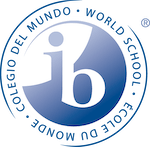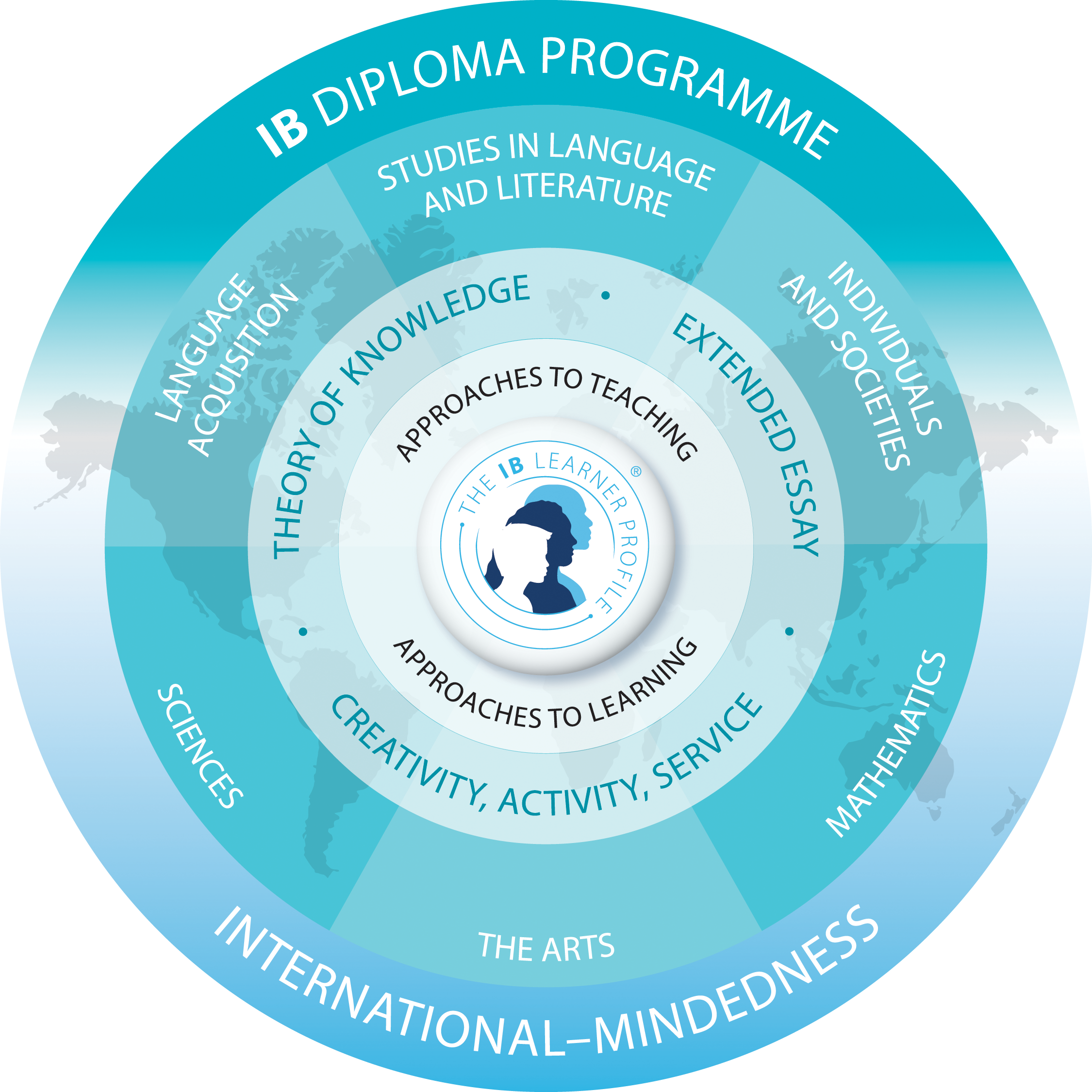By World Family Education
International schools offer a wide range of curriculum choices, often depending on the national identity of the school. For schools that are open to all nationalities, typically three curriculum options are available: U.S., English National (British), or International Baccalaureate (IB). Sometimes international schools also offer hybrid options, blending different types of curricula. Each type of curriculum impacts the ethos of a school differently, so it’s important to understand the differences between them.
You should also consider differences in school calendar, holidays, and daily schedule. Be sure to check with the particular school you are considering for these kinds of details.
No matter the curriculum, accreditation is a key component of any quality international school. Read more about different kinds of International School Accreditation at World Family Education.
U.S. Curriculum
The U.S. educational system is divided into three levels or schools:
This may vary, particularly with the middle grades (some districts include only 7–8 in the middle grades, while others include 6–8 or even 5–8).
In content, U.S. school curriculum is quite broad, and students study a range of subjects — English, math, science, foreign languages, history, art, music, and physical education — until grade 12.
In the U.S. system, grades are based on your performance on a variety of assignments, and there is far less emphasis on examinations. Students in high school often have a final exam in each course, but it makes up only a percentage of their total grade.
Students may be assessed at the end of each grade, but these assessments are not national and have little bearing on their advancement from year to year. The assessments may help determine which level of a course a student takes the following year and whether it would be at the most advanced or less advanced level.
There are no exams in the U.S. system comparable to the British General Certificates of Secondary Education (GCSE) or A Levels. To be accepted to a U.S. university, students do need to take either the SAT or ACT exam during the final years of high school. Both SAT and ACT scores are used for university admissions decisions and awarding merit-based scholarships. Universities in other parts of the world will sometimes require that students from the American educational system successfully pass three to five Advanced Placement (AP) exams with high scores to be accepted for admission. Read more at the World Family Education page about Advanced Placement Courses.
British National Curriculum
The UK educational system is divided into two levels:
These levels are further divided by four main milestones, called key stages, in educational assessment.
In the British system, examinations are important, and students receive key-stage assessments. Instruction for British secondary students focuses on the GCSE subject exams and later the A-Level exams. Most courses are lecture-based, with only occasional assignments throughout the semester. In some cases, there may be no required assignments and instead the student’s entire grade may be based on one exam.
International schools with a British national curriculum model often use either the Cambridge Assessment International Education (CAIE) or Edexcel syllabus to prepare international students for the exam following Key Stage 4.
Students’ studies become increasingly specialized as they get older. During Key Stage 5, many students study only three specializations to pass the A-level exams. Specializations are chosen based on the subject(s) the student intends to pursue in university. Successful completion of A-level exams offers the most common means of entry into university.
International Baccalaureate

The International Baccalaureate is a globally recognized rigorous curriculum used by thousands of schools around the world. The programme design allows globally nomadic students to easily transfer and move between certified IB World Schools in different countries.
When the IB programme was initially developed in the 1960s in Switzerland, students living outside their home culture were the primary target group considered. Today, schools around the world have adopted the IB curriculum as a means to nurture globally minded students. Schools that teach any or all programmes of the IB curriculum are called IB World Schools.
The IB offers four educational programmes:
The programmes build on each other, and at age 16 students may choose either the DP or CP to complete their studies.

Successful completion of the DP, a two-year course of study, is the key component that allows students to seek university entrance. To receive a diploma for the DP, a student must complete courses in six key areas including several written assessments, an extended essay (4,000 words), and 150 hours of community service and activity along with other related classwork.
Instead of completing the DP, students may instead complete the CP. The CP has been developed for those who have a particular career path in mind. It provides personal and professional development skills plus specialized instruction in areas such as business, technology, arts, or travel and tourism. The CP is a relatively new programme, but it’s considered to be equivalent to the DP as an admission qualification to university.
IB curriculum is known to be academically challenging. The DP especially has an intense academic programme that can prepare students well for university. Unlike the British national A-levels, which narrow down the number of subjects a student must master, students in the DP study six different subject areas. Due to the programme’s high standards, some students have difficulty completing the diploma.
To teach IB programmes, schools must be authorized by the International Baccalaureate Organization. An IB World School may offer all the educational programmes provided by the International Baccalaureate, or it may offer only the DP in combination with other curricula at the younger levels.
A helpful article at The Telegraph — aptly titled “Know your child before opting for the International Baccalaureate” — explains some differences between the English national curriculum and the IB.
Other helpful links:
The International Baccalaureate: developing enquiring minds — Relocate Magazine gives a simple and clear explanation of each programme in the IB.
Study abroad: The International Baccalaureate Diploma — Expatica describes the IB and explores the popularity of the IB diploma in Europe.
More Helpful Links
The World Family Education International School Directory is one of the most extensive searchable databases of schools suitable for international families.
How to find the right school abroad for your expat family (for Americans) — Things to consider as a family decides which school system — American, international, or national schools — is best for their child.
Comparing Global Education Systems — Relocate Magazine explores some of the issues families should consider (from a British perspective) as they select a school in a new culture.
The Major International School Curriculums — World Education News & Reviews explores the top English-language curricula at international schools.
International Schools – Understanding the Differences — Overview of various types of international schools from the perspective of educators at The International Educator.
Exploring curriculum options — Relocate Magazine looks at popular curriculum options at international schools.
The US education system explained — Relocate Magazine looks at the U.S. system from a British perspective.
Helping kids adjust to school in the U.S.A. (for non-U.S. citizens) — Advice about adapting to U.S. educational system culture and how to help your child at InternationalCitizens.com.
Managing the challenges of moving between school curricula — Relocate Magazine explores the transition between different kinds of international school curriculum.
American Public School To IB: Our Experience In The MYP Program — One family’s experience of moving between educational systems (at theWanderBlogger.com).


